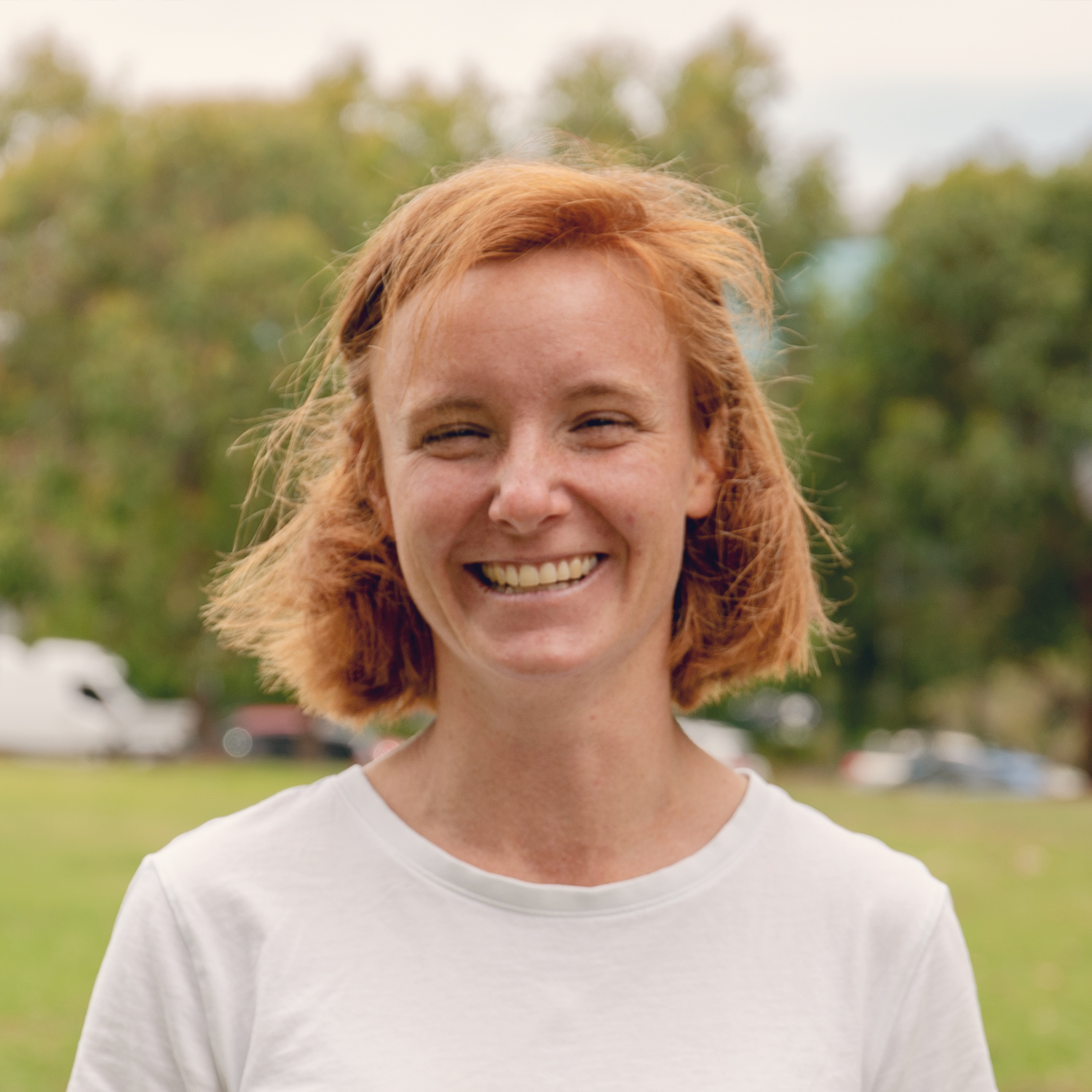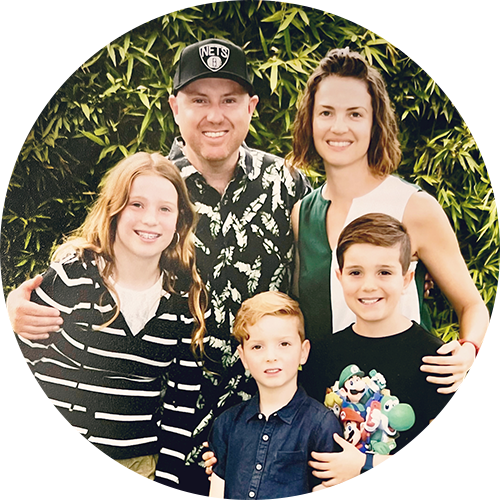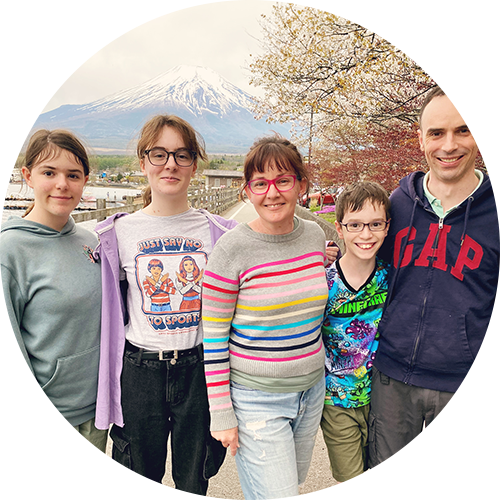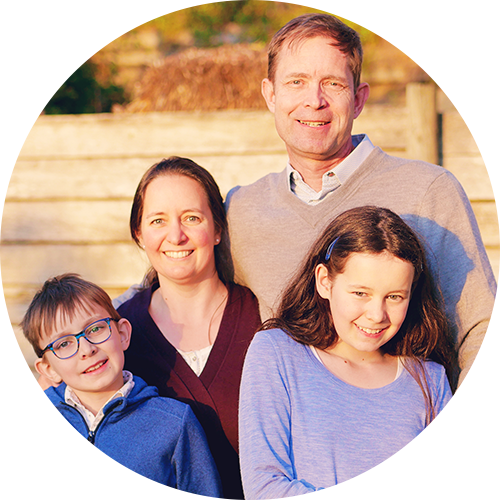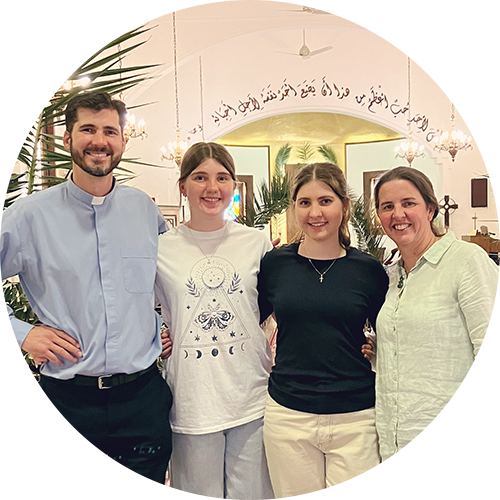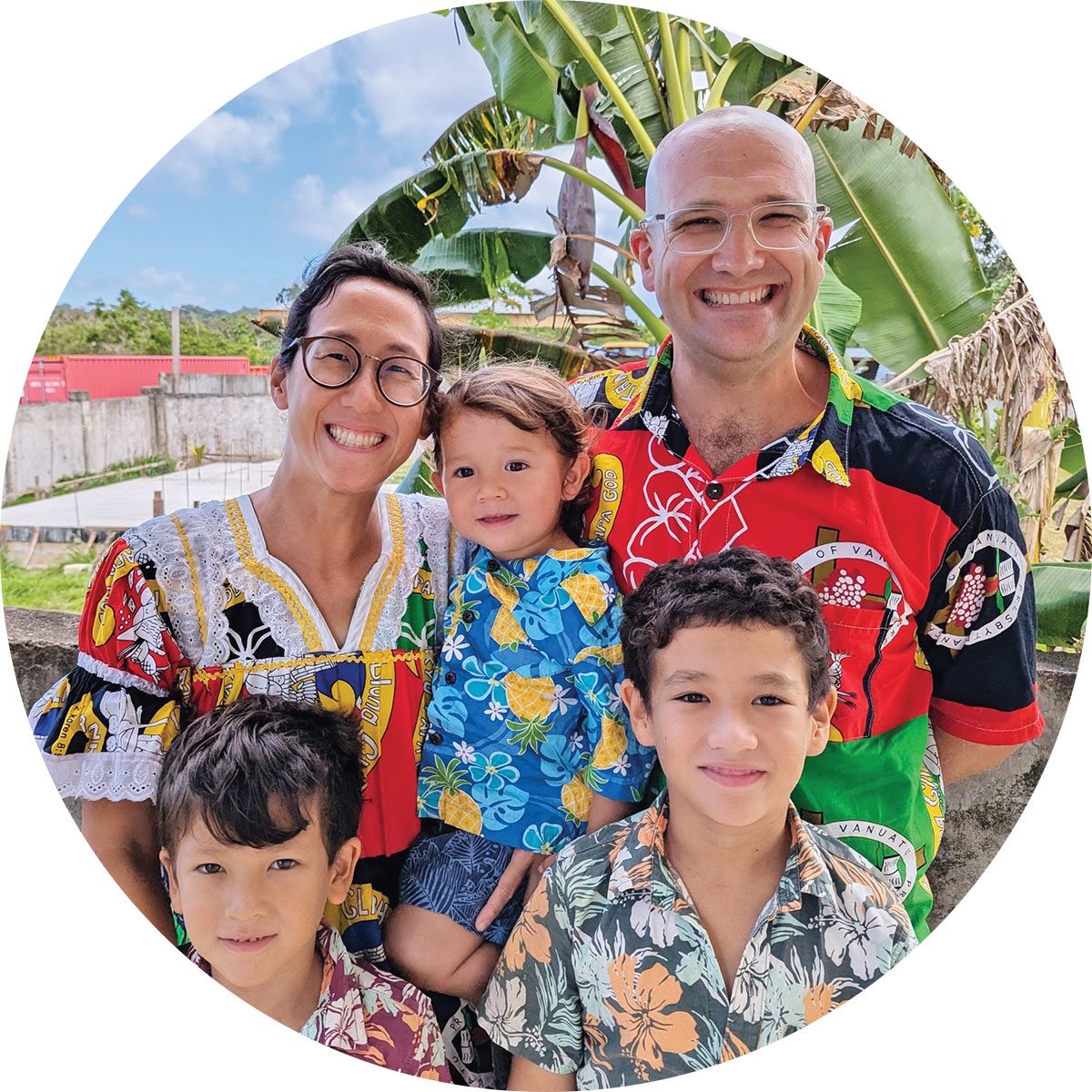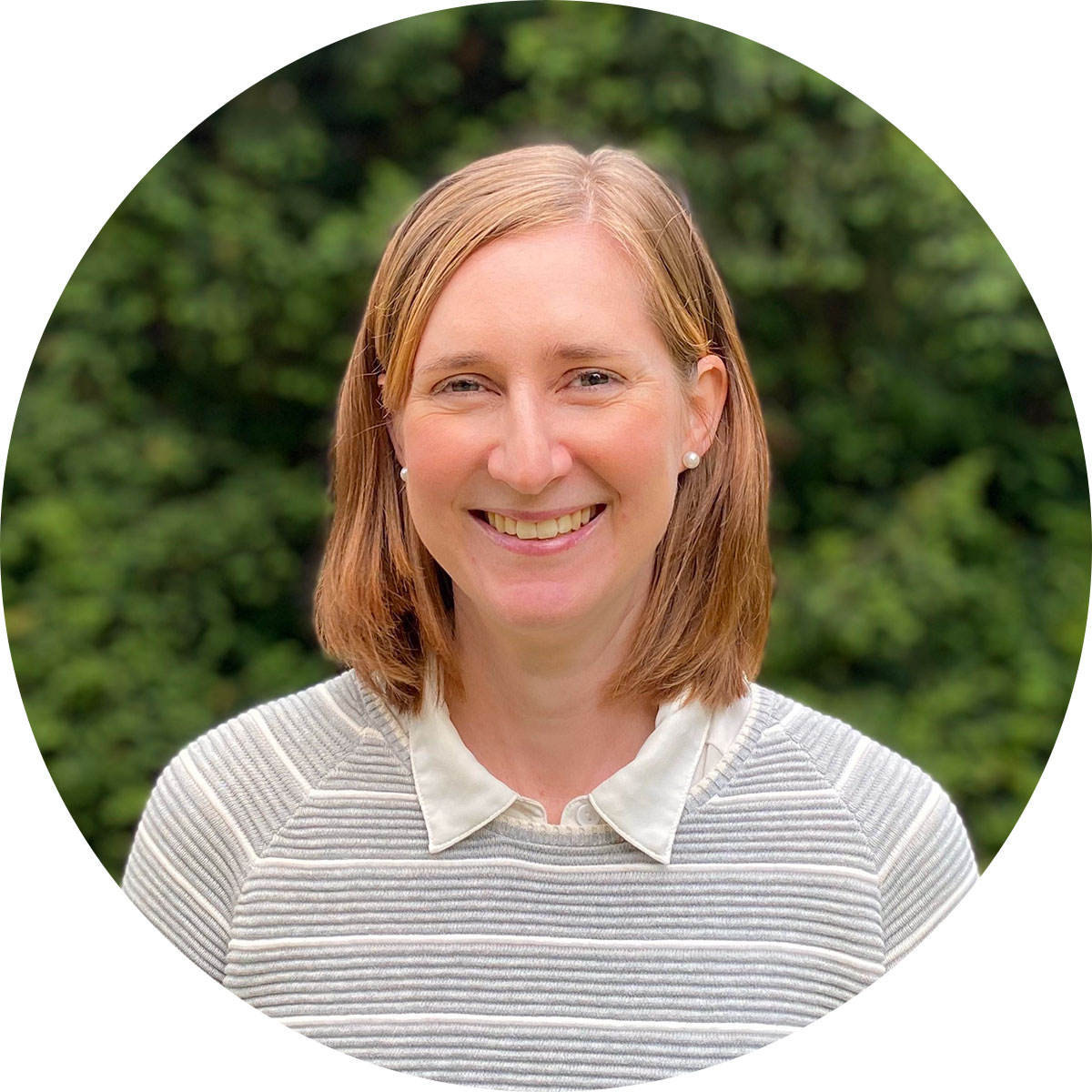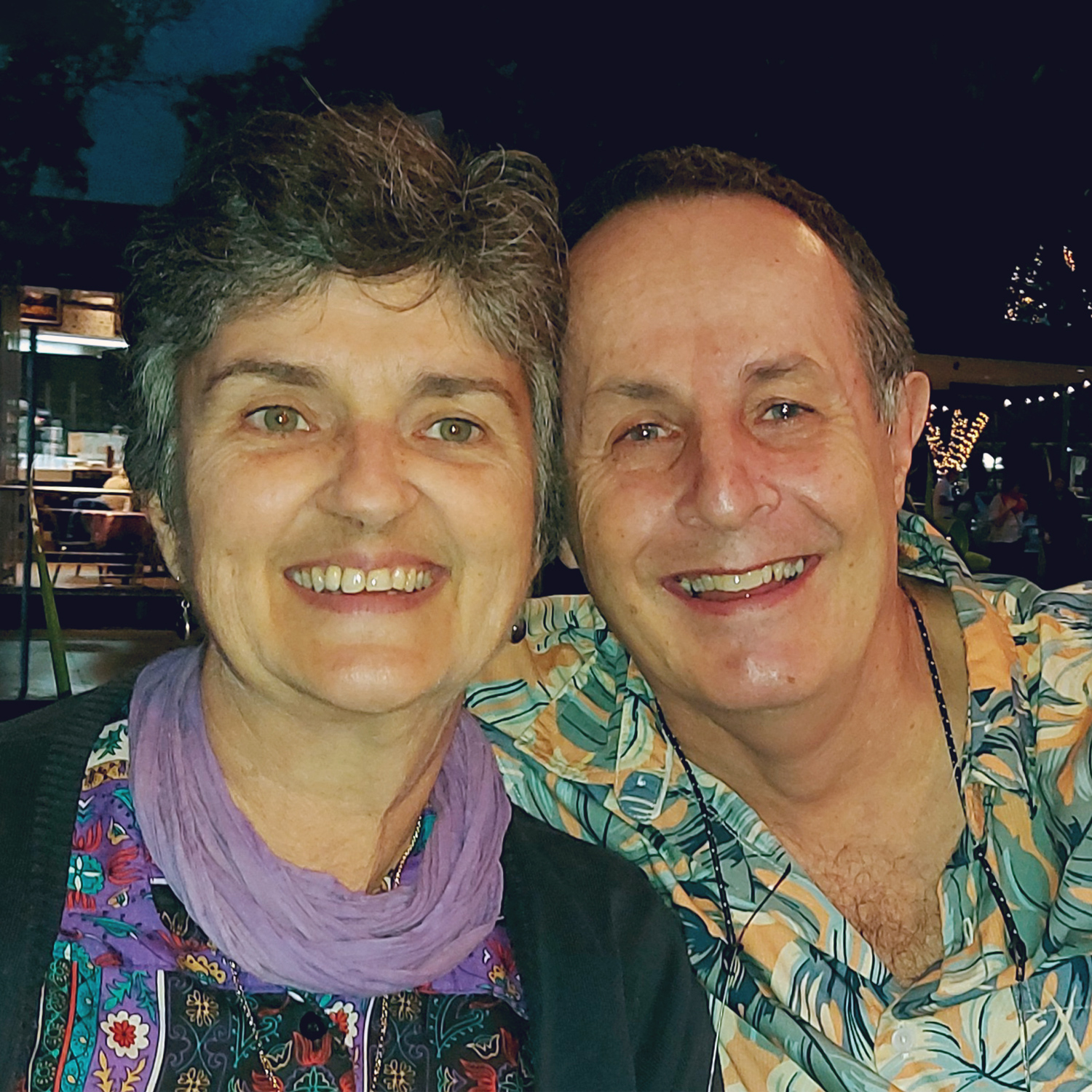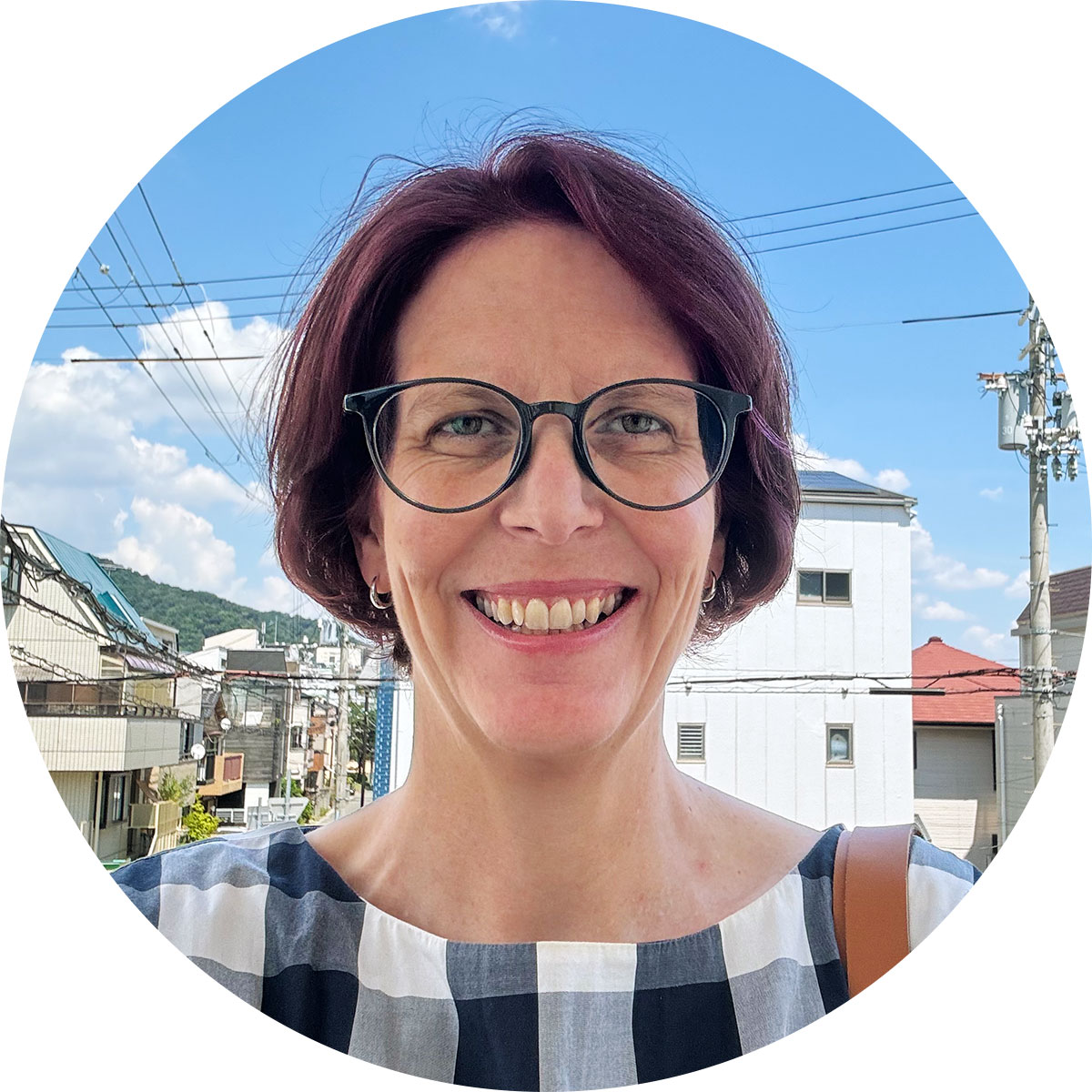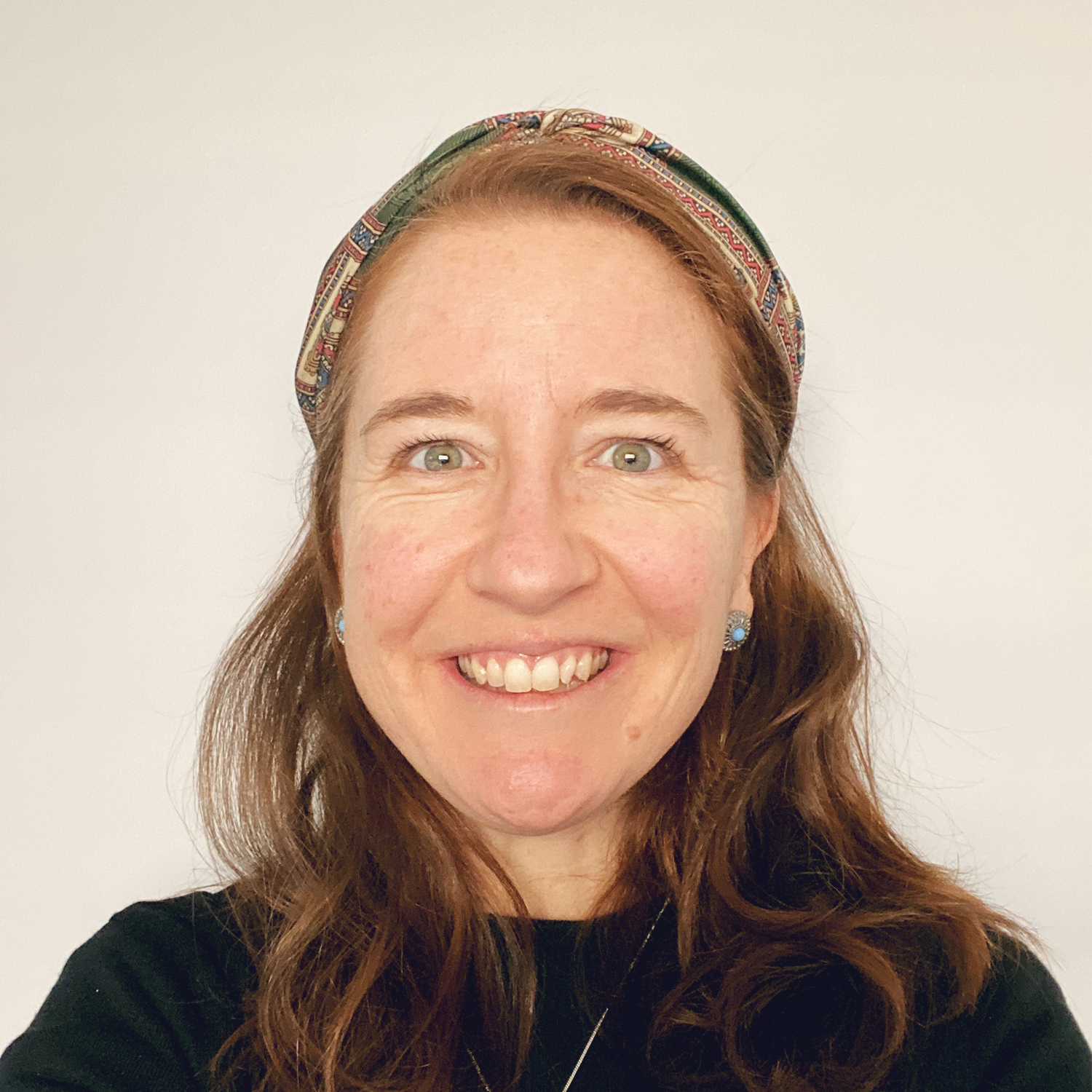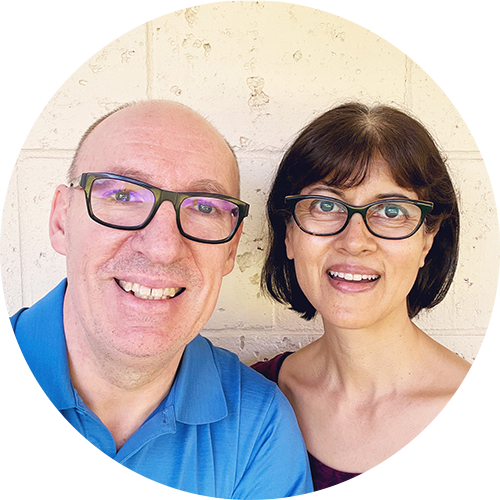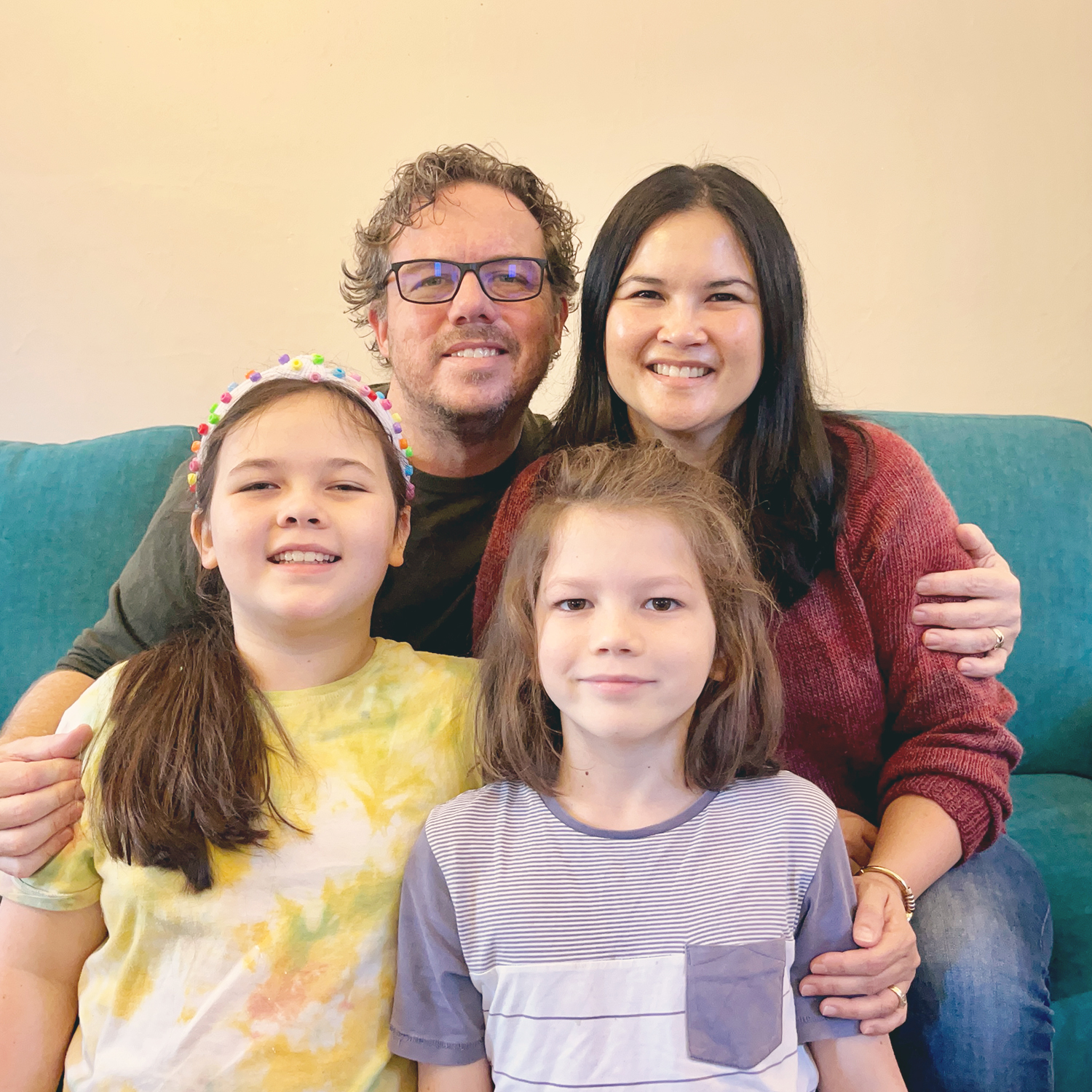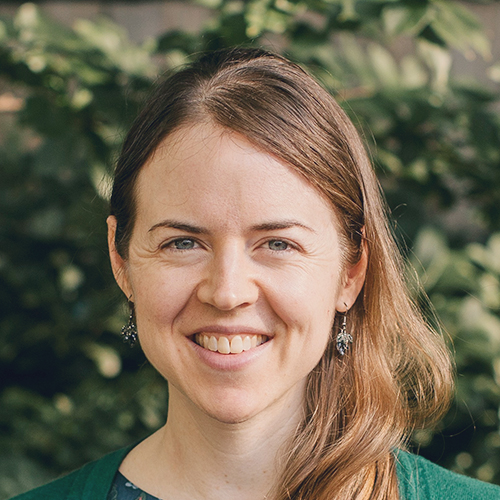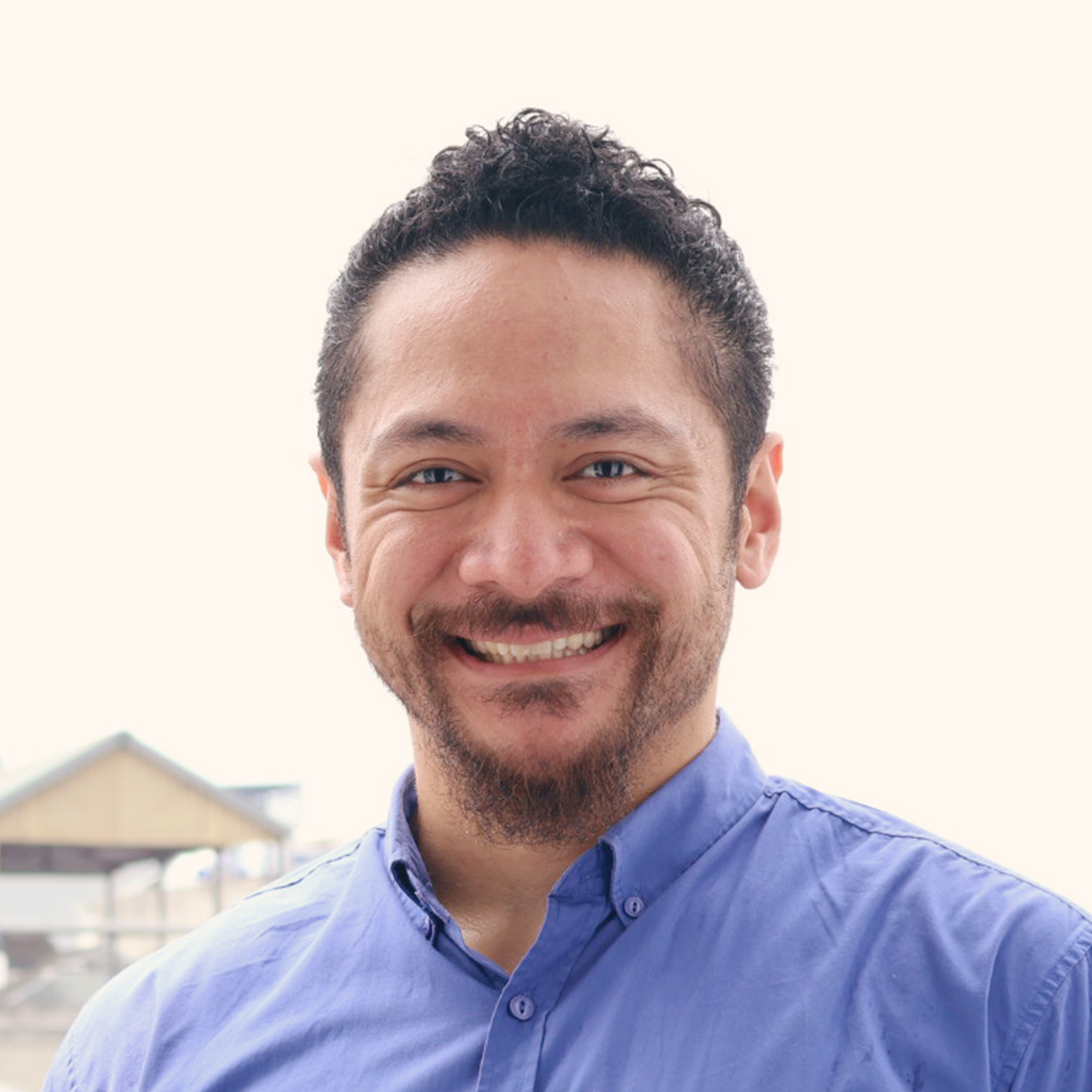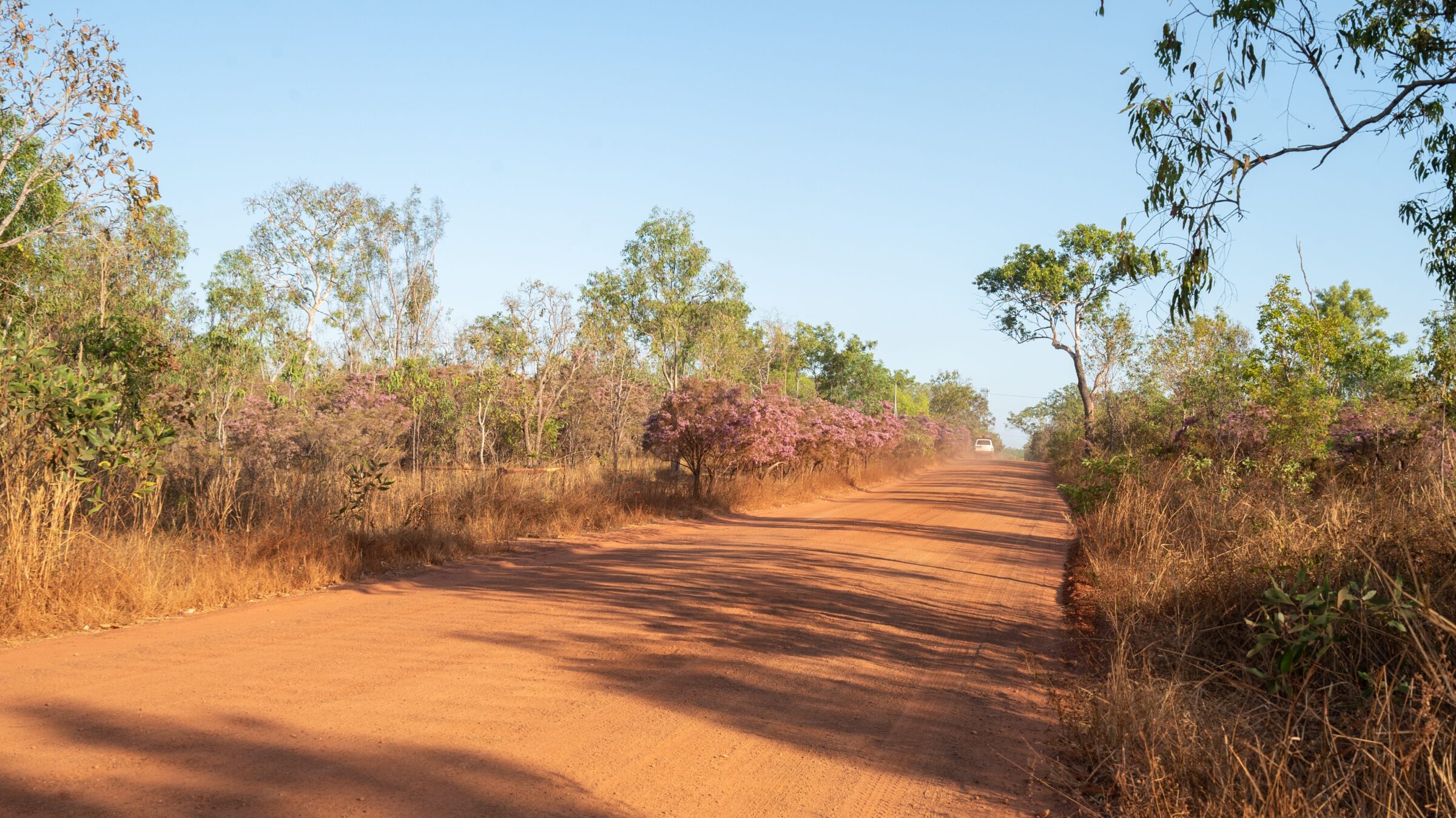Hope in the Philippines
CMS missionaries Howard and Michelle Newby have deep family connections with the Philippines. Here Michelle explains how reading the Bible can completely change the lives of Filipino believers, and of the opportunity for CMS to make an ongoing contribution.
Look at this place!” said my father, gazing out at our poor Filipino village. “There is no hope and no future. Pack your things, we are leaving.” I was five and thankfully didn’t understand just how tough our lives were about to become. Growing up, I experienced real hunger and desperation. Later I met Howard and we both became Christians. We married and moved to Australia, where he was from.
In 2017 we returned as CMS missionaries to be part of our village’s future, and to help spread the amazing news of eternal hope in Christ.

Kids in Michelle’s village playing with rice husks.
The Philippines and Christianity
The Philippines could appear to be a majority Christian country with widespread belief in Jesus. In truth, most of what we see is folk Christianity. Many believe in needing to appease spirits to avoid being cursed, or to receive the blessing of material benefit or physical healing. To them, Jesus is someone who might be able to help with their worries in this life.
Several years ago, as an example, we attended an Easter parade, with people covered in their own blood—either from self-flagellation or because they had literally been nailed to crosses and speared in their sides. We spoke to one elderly man as the nail holes in his hands and feet were treated at the medical tent. He said he did it in the hope that his grandchildren might be blessed with good education and jobs.
Many Filipinos believe in gaining spiritual power through such actions. But they do not completely believe in Jesus, who has full authority over the spirits, nor that he alone can turn away God’s anger in this life and the next.
Carefully reading the Bible changes lives
There is a great need for Filipino people to meet Jesus through God’s word and allow it to impact their lives. If Filipino people can learn to apply basic critical thinking skills to reading the Bible, it can be life-changing. We have had the privilege of seeing an entire congregation leave a cult and start a new church. In part, this was a result of 18 months of weekly Bible studies using a simple three-question method for reading the Bible. One member of the former cult said to us: “Older brother Howard, I did what you taught us with the Bible, and I could see that the pastor was wrong!”

Michelle shares how to read the Bible with context.
Helping pastors
We know pastors who have only had two days of training. We know pastors who have attended Bible college for five years, yet who inadvertently teach works not grace. Thankfully, we also know many Christian leaders and church members who understand grace and teach it well.
How can we as CMS missionaries help? One thing we can do is to assist people to read the Bible carefully, and ask straightforward questions about what is in front of them.
We need more people willing to come alongside Filipinos and ask these questions. The Philippines need long-term missionaries to form relationships, to share the gospel with unreached ethnic and Muslim people groups, to take the time to help people to read their Bibles, to equip leaders to teach effectively and preach grace, and to model the importance of effective kids and youth ministries.
My mother was horrified that I would return with my family to our old life in the Philippines. But we came because the need here is immense and the workers are few. Maybe you are someone the Lord will send to join in this work?
![]() GO
GO
Could you play a part in bringing better Bible teaching to the Philippines? Find out more about serving long-term.
Bible-reading method
We encourage Filipino believers to consider three questions as they work to understand a Bible passage better.
- What stood out in this passage?
- Based on what you read, do you have any questions?
- How does the passage apply to your life?
In some places this is known as the Swedish method. CMS missionary Peter Blowes describes it further here.

Young tribal men praying together.








